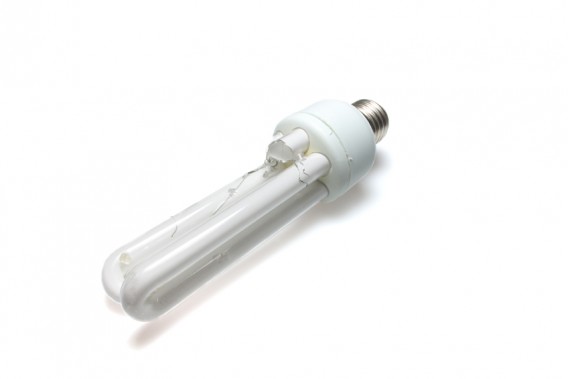
One commenter chipped in to highlight the mercury content of CFL lights. He said:
“Like all mercury-containing fluorescent lights, CFLs should be properly stored, transported and recycled to prevent these fragile bulbs from breaking and emitting hazardous mercury vapor. They cannot be thrown away in the trash, but should be taken to a recycling center or disposed of by using a proven recycling box. However, taking them to a recycling center may not always be the most efficient solution. Consumers can use a recycling box to ship bulbs instead. If consumers choose this option, it is important to select a packaging configuration that effectively contains mercury vapor.â€
Someone else pointed out that LED lights are best, since they contain no mercury. “LEDs have no mercury, great cost savings on electricity, nice bright lightâ€, the commenter said.
It’s true that LED lights are even better than CFLs as they can last 25 years or even longer and demand is growing, according to a report on the Vancouver Sun.
But CFLs are also very good options, despite the mercury issue, which can be easily circumvented with proper disposal. A commenter at a related post on another blog said Berkeley researchers found that the amount of mercury on CFLs is so negligible that is equals to eating a single nibble of Albacore tuna, or 1/50th of an ounce.
“If you ate a whole six ounce serving of Albacore tuna you would take in about 48 micrograms of mercury, 700 times the exposure from a typical CFL breakage scenarioâ€, he said, adding: “Even the worst case CFL breakage scenario—where people are careless about the cleanup and, say, throw the broken glass in an open trash can next to the TV before sitting down to a night of viewing—only equaled the approximate exposure from a single meal of fish.”
CFLs only use 25 per cent of conventional, incandescent lights, which are likely to disappear from store shelves soon. They cost more, but last eight times longer so they represent savings over their life cycle.
Conclusion: the mercury issue should not be a deterrent to CFL adoption.






I would still rather see people switching to the LED, the light has actually been improved and the quality is better than the CFL, they are instant on and contain no mercury. As we adapt to them the price will come down, I have already found a 40w equivalent for $10. As for the mercury content being low, this is true, but multiply that by millions of light bulbs that will end up in landfills because you know as well as I do the 90% of the population will not take the time to dispose of properly especially if we tell them how little mercuy is in one bulb. As for the price, another point would be , that because the LED will last for 20 plus years*(consider replacement of the others) and use 85% less electricity than incandescent and 10% less than CFL’s, when you do the mathe LED’s are the cheapest of the least expensive as well as the safest and most eco friendly.
Thanks